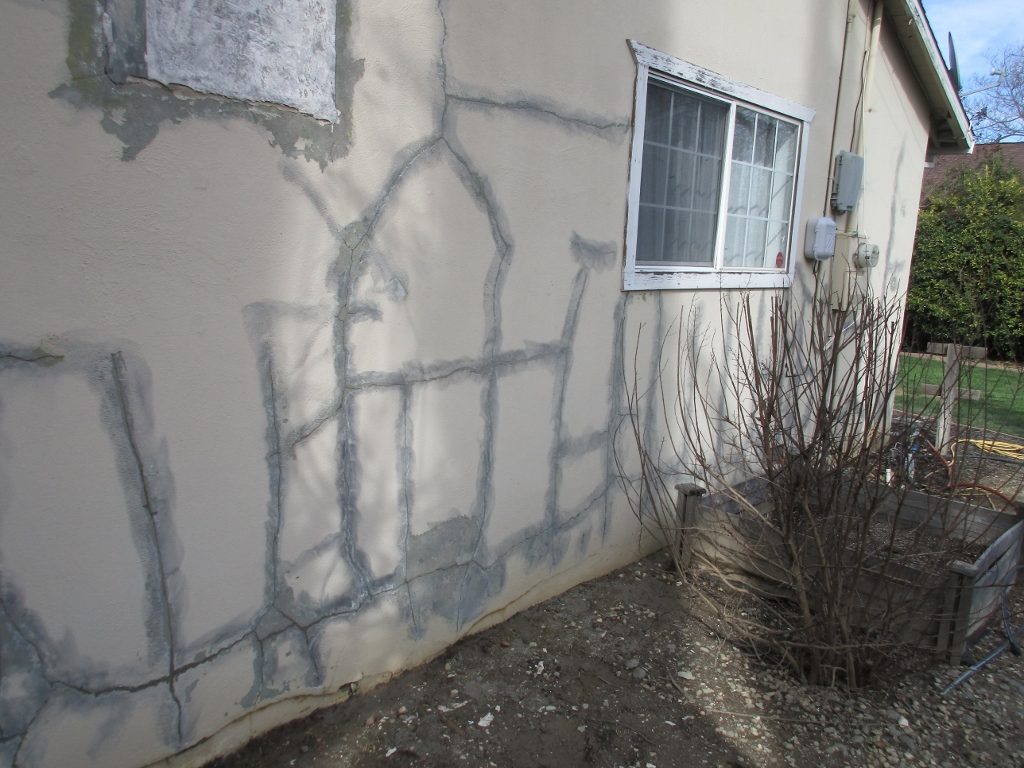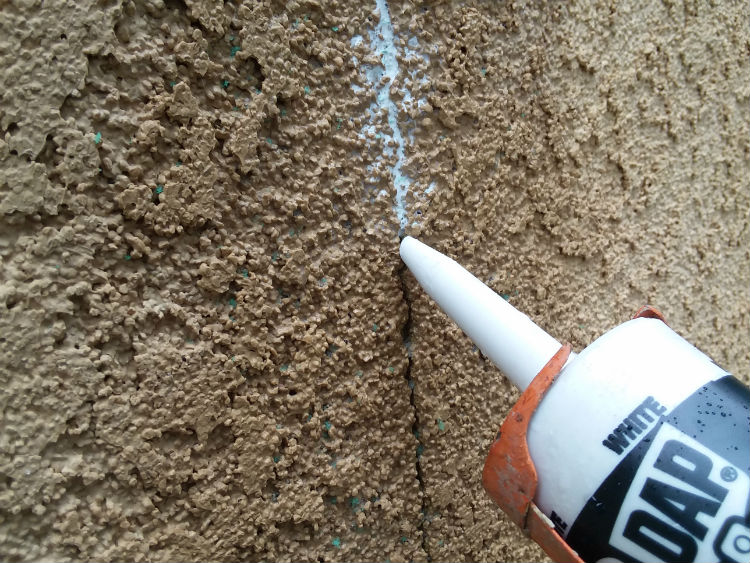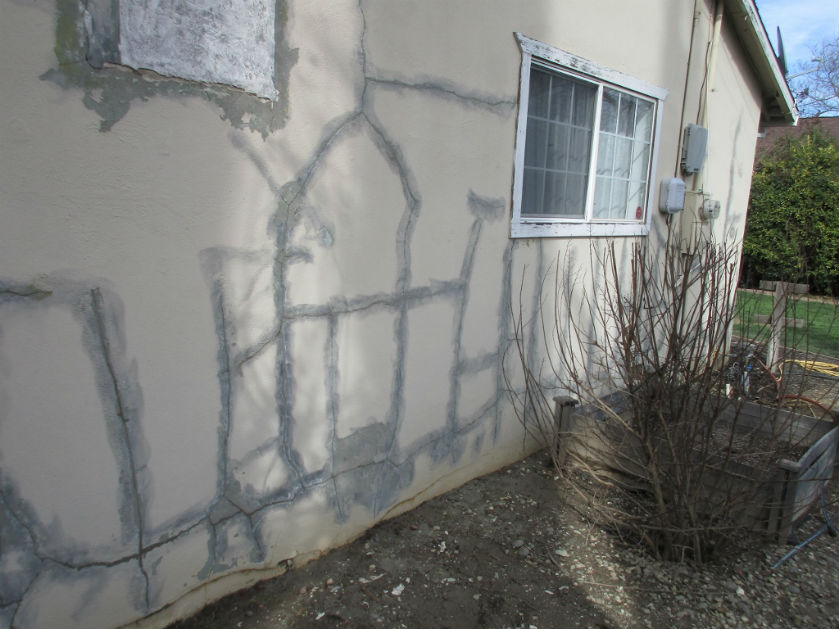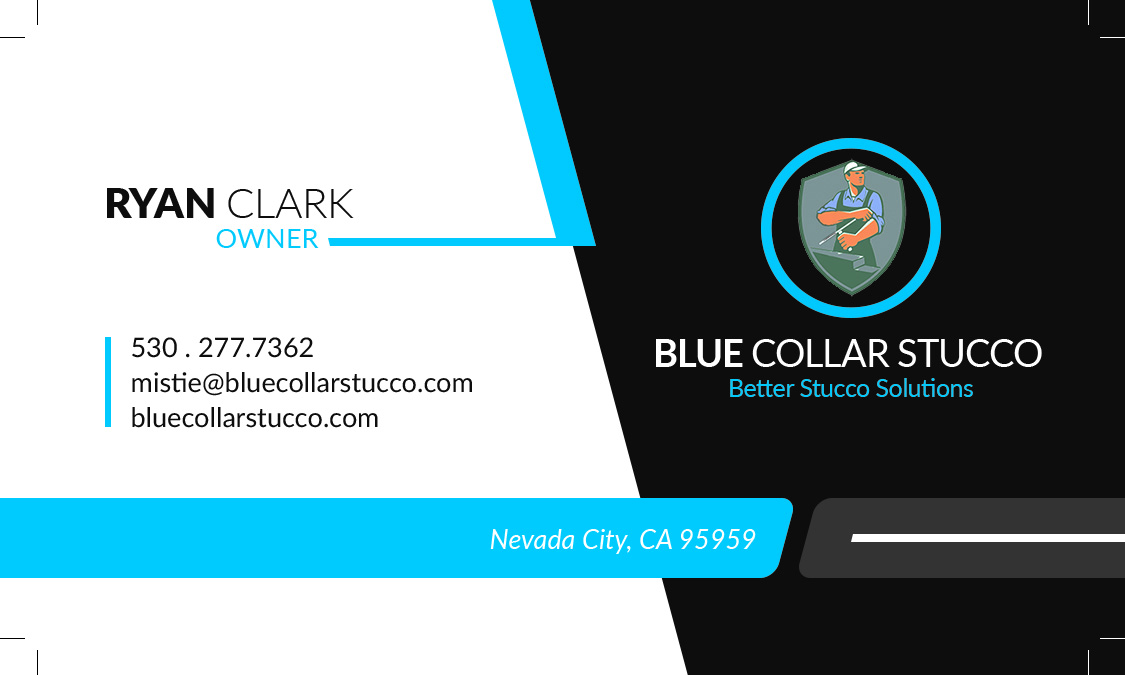Stucco cracks and that is just a fact that we have to deal with, much like the roadways and sidewalks crack. Since this is such a common issue, chances are that you will inevitably have to deal with this on your home at some point in time. There are a few different ways that we tackle the problem and I like to categorize those "remedies" in a good, better and best type of scenario.
Connect With Us!
If you have questions about your stucco repair project or would like a bid, give us a call, email us (mistie@bluecollarstucco.com) or fill out our contact form and we will get back to you.
That is pretty much what this article will cover, and more specifically how our company will handle these types of issues. Before we get into the three different options, I do want to mention that there are many different ways to tackle stucco cracking issues, but this is how we like to do it and have had good success in the past using these three options.
Considerations We Take Into Account:
* Like I mentioned earlier, there are 3 ways that we like to handle stucco cracks and they are graded from good, better and best and each method is going to have advantages and disadvantages to them and might differ depending on the situation, like:
- the location of the cracks in the wall
- how many cracks there are on the wall and
- what the customer is looking to achieve
1. The location of the cracks in the wall can affect what method we use to repair them because cracks that are right on the front of your beautiful home will be a lot more visible than say ones that are on a back wall that is 25 feet in the air that nobody would ever even notice.
2. The number of cracks that you have on your wall or walls will also play a contributing factor on how we would repair them. For instance, if you had a 10' tall wall that was 20' long and there were two or three dozen cracks that were visible, then it would make more sense to do a recoat on the entire wall as opposed to trying to remedy each individual crack. This would likely run the same cost, or close to the same and the end result would be much better too.

3. Of course, what the client is going after is also a huge consideration too. We have had clients that simply want to get the cracks sealed up to prevent future water intrusion problems from occurring and they weren't too concerned with the aesthetics as much.
On the other hand, we have also had some folks request that the cracks be sealed up and have the area look like it was never repaired. This would entail giving the cracked areas some additional texture or respreading a new finish coat on the entire wall or a section of it.
3 Methods of Repairing Cracks:
Since there are three different options that we consider good, better and best, there are also three main methods we use to fixing cracking issues in stucco as well.
Good Option: The "good" option would be to apply a caulking to the crack or cracks and this is usually the way that most of our clients choose to go. I do want to point out that this method only works for smaller cracks. This would entail filling the areas with caulk and blending it in so that the repair is as seamless as possible.

Better Option: The "better" option is the same as the good one as far as applying caulking to the affected areas, but after that is completed, a separate texture coat is applied over the area in an effort to make it more seamless and natural in appearance, using the same finish material as what was applied to the walls.
Best Option: The "best" option that we offer would be to address the cracks with caulking and/or mesh tape and apply a leveling coat to the areas. After all of the problematic areas are addressed, then a recoat is then applied to the wall.
This provides the most seamless repair as far as looks go, but will also have the added benefit of a more comprehensive repair of the cracked areas.
Pricing With These Options:
The three options also correspond to the overall cost of the repair as well, due to the fact that the repairs will take more time and more materials, when we compare the better and best options with the good option.
It is difficult to give a breakdown of the exact cost differences between these options based on many different factors like the location of the cracks (scaffolding required), what type of finish and texture you have, whether you want a custom color match, and other variables. A good rule that applies most of the time can be associated with a scale like:
- Good Option: $
- Better Option: $$-$$$
- Best Option: $$$+



